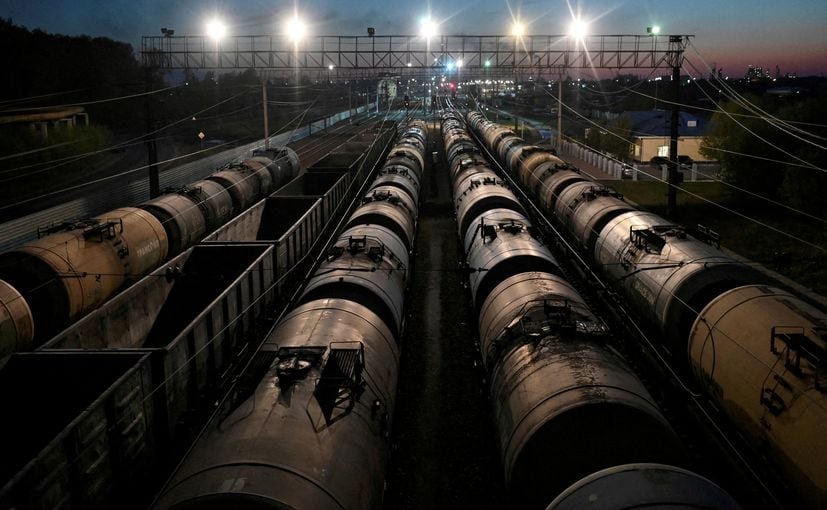The European Union (EU) voted to impose a ban on imports of Russian crude oil & oil products via sea from June 8, 2022. The prohibition on crude will come into effect on December 5; by that time. Both the EU and Russia must have identified replacement sources.
At the beginning of this year, Russia shipped 11 million tonnes of crude oil each month to the EU. It accounted for 30% of crude oil imports into the EU and 60% among all Russian seaborne exports of crude.
Russian seaborne crude oil shipments to the EU in the first half of November total 3.7 million tonnes, or 38% of the all Russian seaborne exports & 20% of EU seaborne crude.
The results are slightly higher than in September and October. When volumes of seaborne crude oil from Russia to the EU accounted for 31% of all Russian seaborne exports & 14% of imports into the EU.
“With less than two weeks until the EU’s embargo on imports of Russian crude oil goes into effect. Imports from Russia continue to account for 15–20% of the EU’s seaborne imports of crude oil.”
The EU still has to find new suppliers for around 5.5 million tonnes of crude oil each month, according to. Niels Rasmussen Senior shipping analyst for BIMCO. The EU has identified new suppliers for around half of its former Russian crude oil imports.
Suezmax ships have benefited from a change in the importers of Russian crude oil. They handled roughly 25% of the all Russian seaborne crude oil shipments at the beginning of the year. But now handle 40% of all exports. Due to the decrease in crude oil shipment to the EU, Aframax ships has lost market share.
EU Still Buying Oil from Russia
The proportion of European Union crude oil imports carried by VLCC & Suezmax ships has increased. After reaching a peak of 20% in August. VLCCs currently transport 10% of all crude oil in into EU. Which is twice as much as they did at the start of the year.
Due to the decline in Russian imports, Suezmaxes saw an increase in market share from 30% – 45%. While Aframaxes saw a decline in market share.
In comparison to 0% and 15% at the beginning of the year, respectively, India and China now import around 25% of Russian seaborne crude oil shipments.
The Persian Gulf, West Africa, and the East Coast of South America stand out among the various regions where the EU has discovered new sources of supplies. Overall, crude ship average haul is rising and will continue to rise after the embargo is in place. According to Rasmussen.
Russia has exported 10% more through sea in 2022 than in 2021 despite the impending embargo. But the numbers are still 7% lower than they were in 2019.
The International Energy Agency (IEA) and the United States Energy Information Administration (EIA) predict that, relative to pre-war production, Russian oil production will decline by approximately 2 mbpd, or 20%, in 2023.
It is assumed that Russia won’t be able to locate new customers for all of the crude oil and gas that were still on their way to the EU.
Furthermore, the exact structure of the oil price cap. Which is now under discussion between the EU, the USA, and its allies, may wind up limiting exports and the availability for shipping capacity.
Instead, the lost exports might leave North and South America, where rising oil production is anticipated to offset the decline in Russian output.
